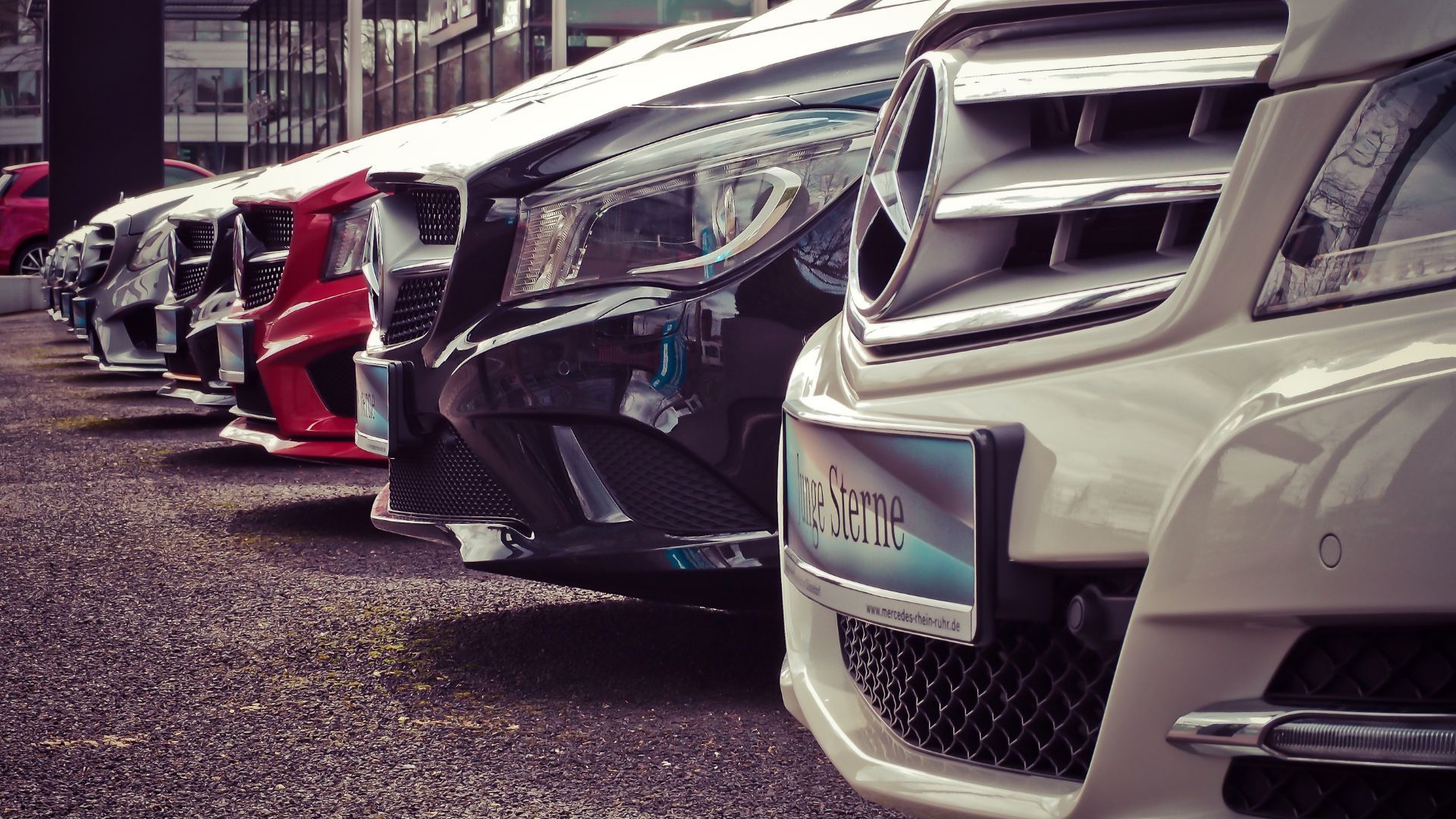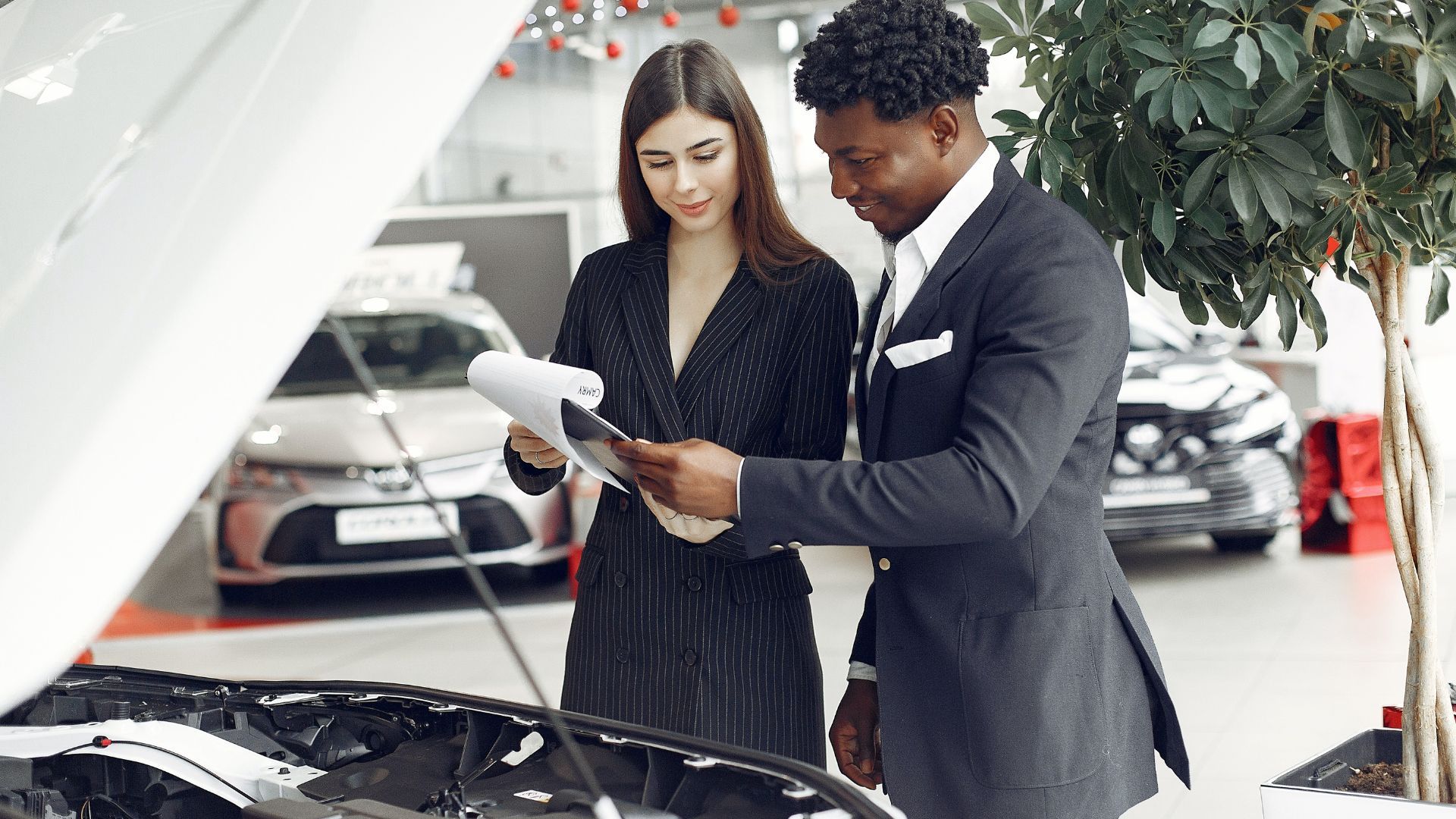Honestly, what could possibly go wrong?
If you’ve visited a dealership recently you might be surprised to see that while the selection of vehicles sitting on the lot is better than a year ago, prices haven’t dropped as much as you might’ve been hoping. This seems to defy people’s simplistic knowledge of supply and demand dynamics in economics as everyone waits for the bottom to fall out of both the new and used vehicle market. We’ve even seen repossessions on the rise, yet car prices in many instances are still unbelievably high. There’s an interesting potential explanation which might account for at least part of the continued inflation of new vehicle prices, but if true would mean a big fall is building.
Watch the latest Motorious Podcast episode here.
First off, you need to understand how we got to where we are today. Things were fairly normal when 2020 began, then a virus of unspecified origin made people and especially governments turn to desperate measures, just about everything shut down, and automakers scaled way back on production in anticipation of demand plummeting. When people realized they weren’t dying and they were sick of being cooped up they decided to get a new car and drive a lot, which in turn put a pinch on dwindling new car supplies so automakers started trying to figure out how to ramp production back up.

As if the situation wasn’t bad enough, certain members of the government decided funneling plenty of stimulus checks into the hands of just about everyone would fix the increasing economic woes from shutdowns. With this extra cash in hand people who never had so much money in their life got excited and bought a car they could only afford if all that stimulus money kept pouring in, which they started to believe would never end. Plus, a lot of people took out loans with ridiculous a 9-year term and made other foolish financial decisions. Those kinds of actions helped push car prices even higher, both for new and used models.
Fast forward to now and the stimulus checks are long gone, companies are starting to lay people off, inflation is soaring thanks to all that extra money printed to supposedly stimulate the economy, and consumers are in a bit of a pinch. Maybe they’re having trouble making the monthly payments and realize they should’ve bought something more reasonable, or perhaps they need a bigger vehicle, so they’re trading that BMW in for a Hyundai or something of that nature. But the issue is they’re behind on payments for said Bimmer, and thanks to prices which are starting to fall combined with their extra-high interest and long loan term, they’re way upside down in the vehicle. Normally that would be a non-starter when trying to finance a different car, even if it’s something cheaper, but according to Twitter user CarDealershipGuy it’s apparently not.

Yes, you read that right, this guy claims you can owe significantly more on your car than it’s worth, be behind on payments, and somehow still get financed for a new vehicle. He says lenders are doing this because they’re losing out on potential deals and so are dealers. Desperate to keep making deals, they're taking a huge risk on people who've demonstrated less than responsible financial habits. How incredibly shortsighted, if true.
If you just screamed an obscenity that’s completely understandable. After all, this is the kind of behavior which could very well trigger a collapse of the car market and ripple throughout the economy. It’s reckless, irresponsible, and yet so very believable after the kinds of tricks I’ve seen lenders pull not only for car loans but also for mortgages. It’s almost like we learned nothing from the previous recession.
You might be thinking these lenders are really dumb lending any money to someone who’s upside down in their current car and has fallen behind on payments. Normally, I agree, but I also know something about the industry most people miss: certain lenders actually really love repossessing cars. When they do, they get to collect not only the amount people are behind on but also other fees. Plus, the people most likely to fall behind on car payments are paying ridiculous interest rates, something like 24% or maybe more, meaning the lender is making incredible money off the loan. Even if the person doesn’t finish paying off the car, the lender can repossess it a few times until finally the borrower just doesn’t want the hunk of junk back, then the lender sells it at auction, a dealer puts it on the lot, and it's the same process over again.

Back to what CarDealershipGuy said on Twitter: he claims “a wave of car repossessions will hit in early/mid 2023.” I don’t doubt it as they’ve already been on the rise. As economic woes push people into a corner, they’re going to let their vehicle go.
Normally, this puts considerable pressure on the bottom of the used market as people who had a car repossessed buy a jalopy using cash and the supply of those cheap options starts to dry up. The problem is you’d be hard-pressed to find a running car for under $1,500 these days. Actually, you might have trouble finding something decent for twice that amount. So that’s a big different from before. Plus, if these people who are behind on their current car payments can finance something new or newer, it's a whole new game.

If what CarDealershipGuy says is accurate about certain lenders financing people in such a situation, and these consumers have a history of making sketchy financial decisions for whatever reason, the risk they’re going to default on the new car loan is pretty high. For these consumers they could experience two repossessions of two different vehicles in fairly rapid succession.
Combine that with people walking away from new factory-order cars and this situation gets complicated fast. It doesn’t take a genius to figure out the market is going to be a mess, but the big question is how bad is the fallout going to be and when will the crap really hit the fan? It’s already starting but it sounds like we haven’t seen anything yet. Also, this alone could help push the overall economy over the edge, so hold onto your hat, it's going to be a bumpy ride.
Images via Antoni Shraba, Pixabay, Gustavo Fring, Anotni Shraba, Gustavo Fring
I've been a doubter, but after what I saw this morning, I'm now FULLY convinced that a wave of car repossessions will hit in early/mid 2023.
If lenders are willing to backstab each other in order to put more loans on the road, we're in trouble.
This will not end pretty.— CarDealershipGuy (@GuyDealership) December 16, 2022






